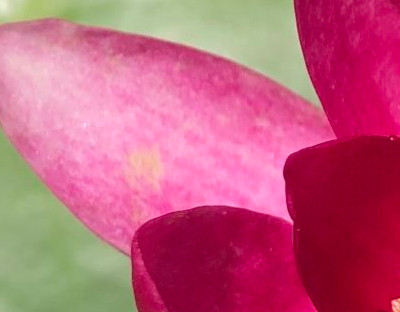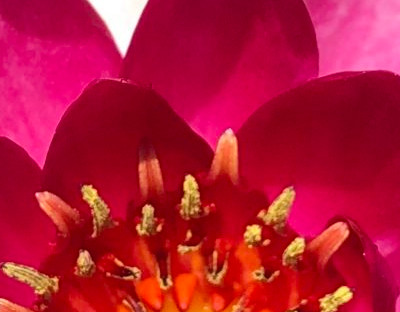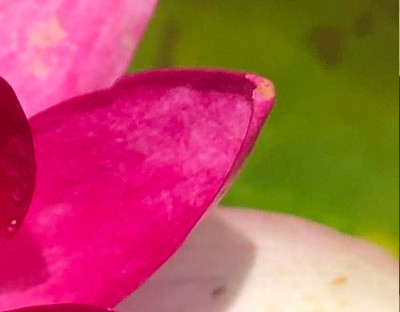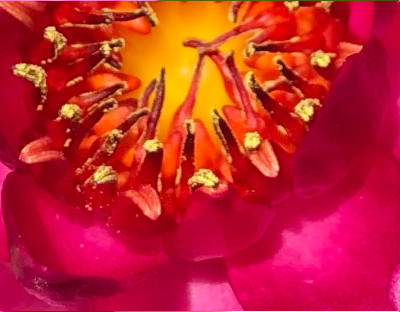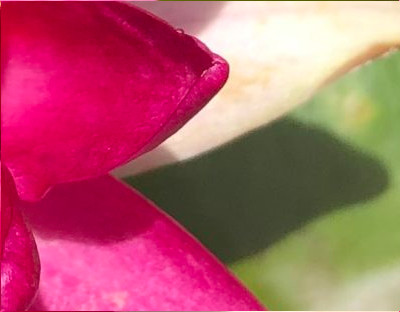Consultations

No matter how ambitious your design, or how small your garden area is, we can help identify your needs, answer your questions, and solve your problems. Desiree Gardens can provide everything from a friendly chat through a phone consultation, all the way to a full set of plans and itemized list of plants along with a schedule. In addition, if you are located in the North Texas area Desiree Gardens can provide plants, materials, hardscaping, and the labor to install the garden of your dreams.
We can provide:
- Phone or Zoom consultations
- In person consultations in North Texas
- Design services
- Installation
- Maintenance on a regular schedule
Customer Testimonials
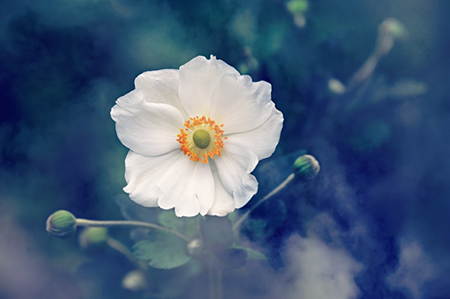
- I’ve had numerous landcaping companies that have taken care of all the plants, shrubs and yard. Desiree Gardens is by far the best ever. She is attentive to detail & I love my yard. I could go on and on about how wonderful she is but you need to have her do your work!
- Buddy Moses - Our yard started out as not much and they have worked hard to make progress and work within our budget allowing my wife to pick the plants and trees and undercover that fits our style. Desiree Gardens was the only landscaper that would take on our project and they have done a wonderful job in making it look great and progressing on the yard without it looking under construction. The cost could have been more than we wanted to take on all at one time but we have had a great time building it and making it look nice. Our landscape is on a very steep hill so it is unique and has taken some creativity to get us where we wanted to be. Thank you so much for working on it and making our house have the personality that Karen really has become proud of. This year I cannot wait to see what you do and see the plants as they continue to bloom and fill out.
- Brett Wassell - Desiree has been my landscaper/gardener for the last several years. She has a vast knowledge of plants and knows which plants will thrive in which areas of my garden. She has a great eye for design and always meets my requirement of planting things that are easy for me to maintain. 😀 Also she’s very dependable and reasonably priced. I definitely recommend her!
- Staci Spring
July Gardens: Lantanas, Crape Myrtles, and LOTS of water!
It’s hot. The rains have pretty much stopped for the summer. Hurrican Beryl brought some rain to the eastern portions of North Texas, but most of the DFW metroplex and points west missed out on that drenching. What’s left to do in the garden? Well there’s plenty to do, including planting some of our favorite heat-loving perennials and annual color. It’s time to pay close attention to your irrigation system if you have one and, if you don’t, make sure that you are hand watering at least every other day. This is a wonderful time to select and plant your crape myrtles. They should be in bloom at your local nursery so it’s easy to pick out your favorite colors. The same applies to lantanas and other small blooming perennial shrubs. When planting these new additions it is absolutely crucial that they are deeply watered in, and that they continue…
June Gardens: Oaks, Annuals, and Irrigation
The summer heat has set in, and it looks like it’s here to stay for a few months. Luckily we’ve had a very wet and rainy spring, and the beginning of summer looks to be no different. The El Niño system that has been working the Pacific Ocean has brought us the blessing of all this rain, but there is a 60% chance that this could change between the end of this month and August. Hopefully the transition from El Niño to La Niña will occur later rather than sooner and we’ll continue to have a mild wet summer. Additionally, forecasts are currently calling for an increase in the number of hurricanes and tropical storms in the Gulf and Atlantic this year. While nobody hopes for hurricanes, increased tropical moisture streaming north into Texas can help provide an incease in rainfall through the end of summer and autumn. That being…
May flowers are here!
The heat of summer is finally setting in, but with all the rain we’ve had in April plants everywhere are just absolutely exploding. Now is the time to start setting in your annual color. For annuals, you’ll want to get “hardened” plants and not something just out of the greenhouse. They will need time to acclimate to the heat we’re just now experiencing. For perennials if you’re a fan of coneflowers (Echinacia) now is the time to plant them. Lantanas are another great choice for heat loving perennials and they are definitely in stock at your local garden center. Lantanas are often mistaken for annuals, but don’t be discouraged if they seem to die completely away in the winter. They will die back to the ground and come back with the first heat of summer. Of course there are many other options for annual colors, such as pentas and violas…
April is an exciting time for gardeners!
The warm weather is here at last, and it’s here to stay for a while. We’re completely free of any risk of frost, and if you haven’t gotten your spring planting done yet now is the time! Many of you have already seen the trees, shrubs, and other perennials begin to bud, bloom, and leaf out. Our late bloomers aren’t far behind. So, what do we need to focus on in April? For your lawns, it’s too late now to apply a pre-emergent to prevent weeds, but you’ll have another opportunity in June. If you do have pesky weeds in your lawn you can still use a broadleaf weed killer with at least 1% 2,4-D but make sure to apply it only where needed early in the morning when there is little or no wind. Remember that it can damage or kill other plants and flowers in your garden beds….
Contact Desiree
Give us a call at 877-558-1496, or use the contact form below.










